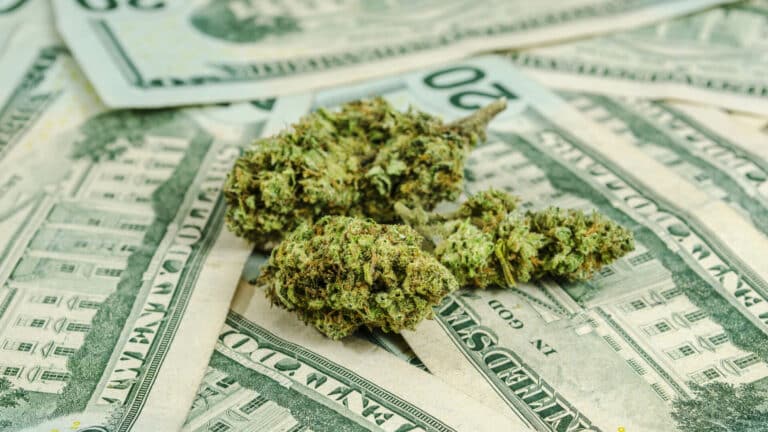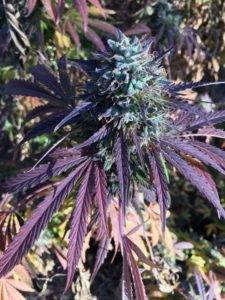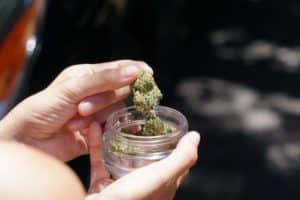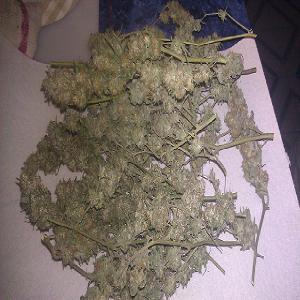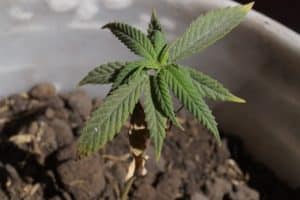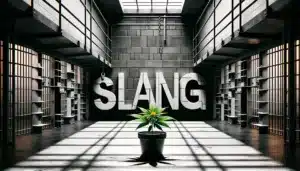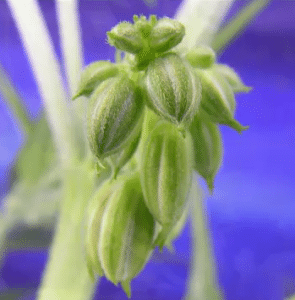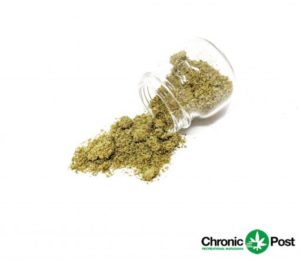The cost of marijuana would drop as much as 80% and consumption would rise if Californians vote for Proposition 19, the legalization measure on the November ballot, researchers at Rand’s Drug Policy Research Center have concluded in a detailed analysis of the issue.
The Santa Monica-based, nonprofit research institute predicted the cost of marijuana, which runs between $300 and $450 per ounce, could plunge to about $38 by eliminating the expense of compensating suppliers for the challenges of operating in the black market.
The researchers were not certain how much that decline in price might spur use, but noted that one typical estimate is that a 10% drop in price increases use by about 3%. Other factors, such as the elimination of legal risks, could also increase usage between 5% and 50%.
The report noted that it was impossible to predict tax revenues from the initiative, which leaves that decision up to individual cities and counties. Based on a statewide $50 per ounce tax proposed in a legalization bill introduced by Sen. Tom Ammiano (D-San Francisco), the report said state tax revenues could range from $650 million to $1.49 billion.
“California voters and legislators face considerable uncertainty because it is very difficult to estimate how much more marijuana will be consumed in the state or how the change will affect tax revenues, criminal-justice costs and healthcare costs,” the study concludes. The 54-page report, with 14 pages of footnotes, is called “Altered State?” and was paid for by RAND.
The researchers noted that projections for marijuana use and tax revenues hinge on estimates of use, prices, how use changes with price, taxes imposed and evaded, and numerous other factors. The report is peppered with caveats about the assumptions researchers had to make.
To calculate the price drop, researchers looked at the cost of growing marijuana in a 1,500-square-foot house. The researchers concluded that the wages paid to employees who tend the crop would slip from as much as $25 per hour to no more than $10, just a little above what nursery laborers earn. They also suggested growers would have easier access to labor-saving automation, savings from growing on a larger scale and minimal risk of arrest and forfeiture.
If the per-ounce cost dropped to $38 and the Ammiano bill’s $50 per ounce excise tax passed, taxes would account for more than half the cost of the state’s marijuana, an observation likely to inflame marijuana idealists who see it as a natural weed that ought to be treated like an herb.
The report notes that Ammiano’s proposed tax is about 10 times the rate of state tobacco taxes. That high tax creates an incentive for tax evasion that is more financially rewarding than smuggling marijuana from Mexico to California and it could also encourage smokers to turn to the highest-potency marijuana to get more bang for their buck, the researchers concluded.
Researchers also looked at the estimates of the cost of enforcing marijuana laws in California, which ranged from $200 million to $1.9 billion, and put it at “probably less than $300 million.” They also conclude that it is not possible to determine whether increased use would lead to more drugged driving accidents and to more use of harder drugs, such as cocaine, saying the research is inconclusive.




